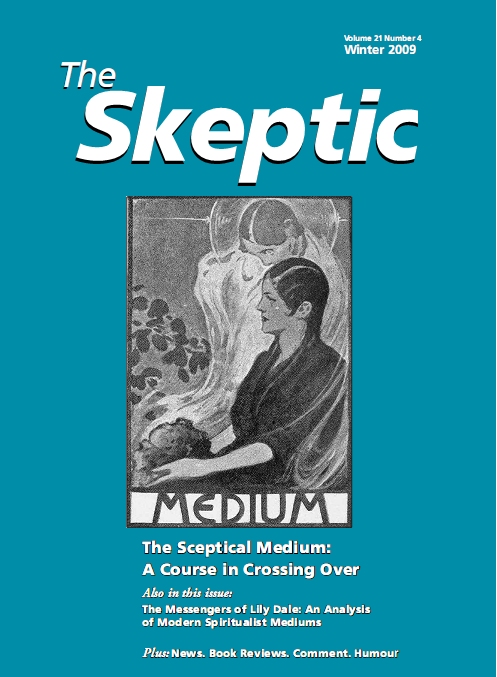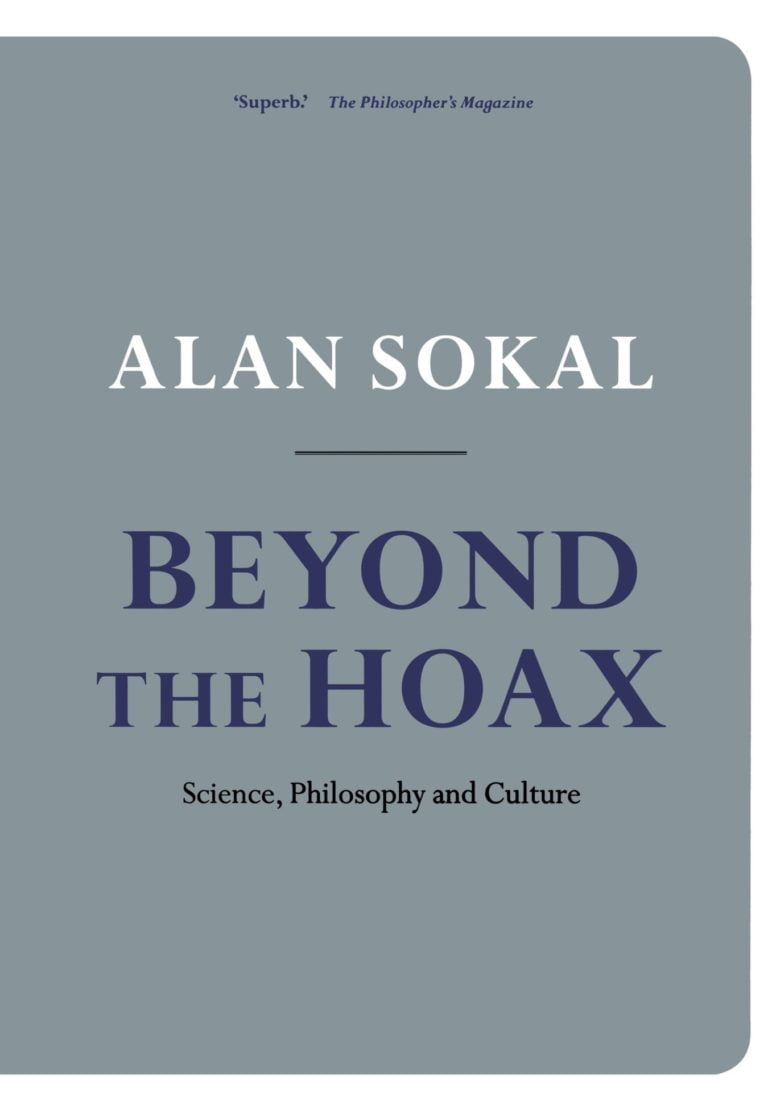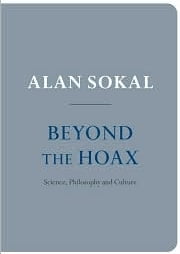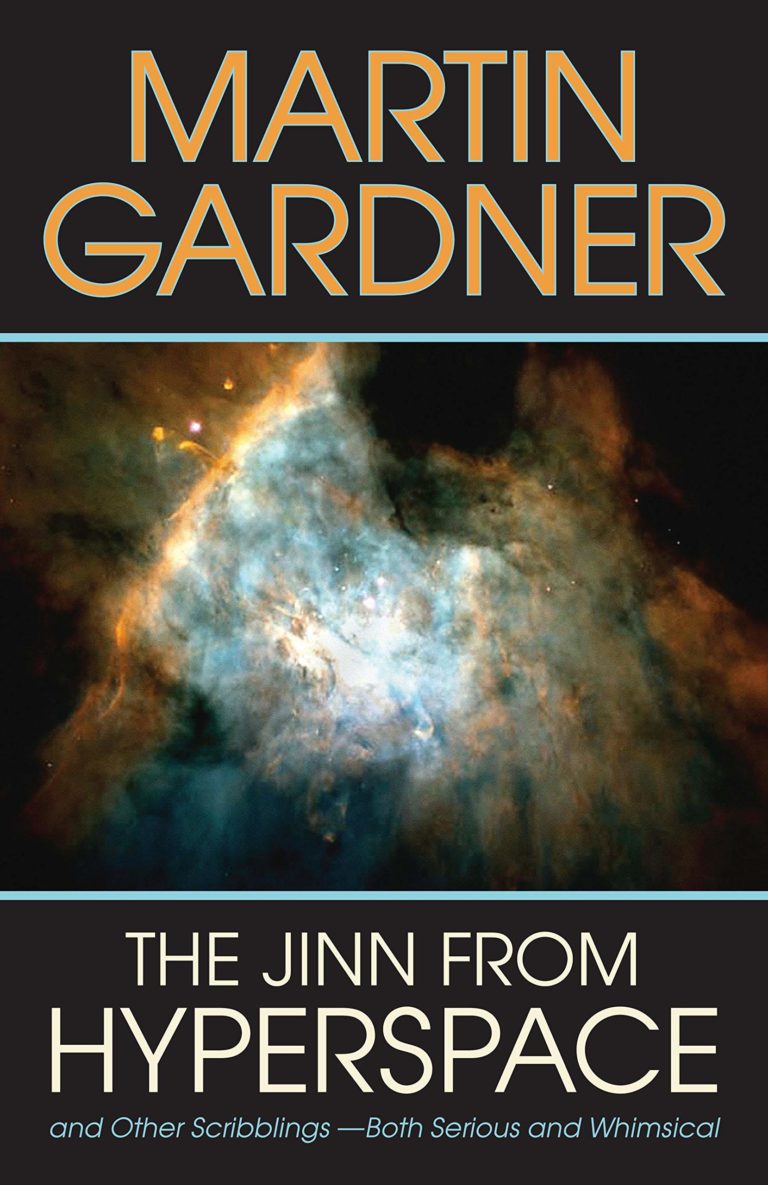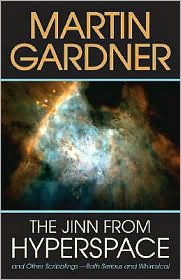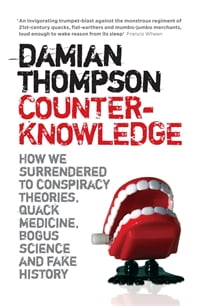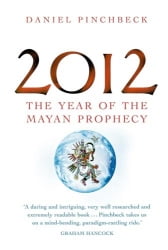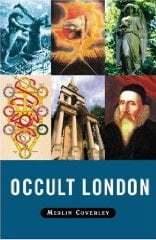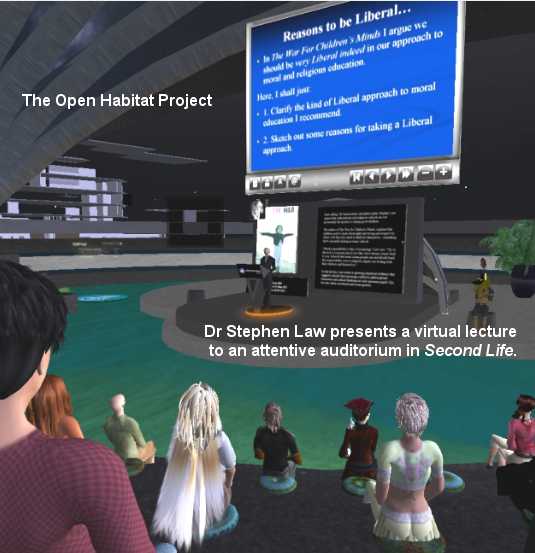
Background information
As part of the development of our internet presence The Skeptic Magazine is collaborating with the Open Habitat Project in order to promote science and scepticism within the UK, to an online audience.
The Open Habitat is a creation within the virtual world of Second Life which seeks to create a constructive environment in which visitors can explore and deepen their understanding of people and the world in which we live, through the application of reason, exposure to the sciences, art, philosophy and critical thinking, based on the principle of mutual respect.
The dedicated and talented team of Open Habitat managers believe that ignorance is the main problem afflicting societies and seek to help people to learn or relearn the basics in science, philosophy and critical thinking in order to help them make informed decisions and to think more critically.
The Open Habitat Project began its life as part of a JISC funded Oxford University programme for exploring Multi User Virtual Reality Environments (MUVEs) for educational purposes.
Events and Activities
The Open Habitat hosts a number of regular events relating to science, philosophy and psychology, however the first event hosted in collaboration with The Skeptic was the premiere screening of the exclusive interview conducted with James Randi. This event, hosted at 9pm GMT on Saturday 1st August, allowed 80 individuals to watch the interview on six large screens, in a seating area built specifically for The Skeptic by Maria Hume (a member of the Open Habitat team). It was also be possible to discuss the interview live with the other people seated in the viewing area.
The free screening filled the virtual cinema more than twice over, and attracted comments such as:
- Interesting interview – thanks
- Thanks very much indeed – he’s a great guy and a great voice for the cause – really enjoyed it
- Hey thanks for having programs like this!
- Thanks very much. Very nice. I will watch it again in a moment
- I need to learn more about the Skeptic Magazine
- Thank you for all your help. I am looking forward to attending many of your sessions
- Thanks for the wonderful video!!
- I have to go, but I’d like to hear more about the various interesting things you seem to be doing at some point

The Open Habitat runs weekly psychoanalysis and evolutionary psychology sessions, in addition to philosophy discussions and reading groups each Sunday. The sessions are aimed at individuals of all knowledge levels, so it is definitely worth signing up (for free) and getting involved.
How to find the Open Habitat and its events
In order to find the Open Habitat, you will need to sign up to a free Second Life account here. When signing up, it is possible to use any first name but you can only choose from a limited selection of surnames. You will then need to download the Second Life program and install it on your computer. The client program is available for Windows, Mac and Linux platforms. In order to run the program, you will need a broadband internet connection and a relatively good graphics card (Second Life does still run with some integrated graphics cards).
Once installed, open the Second Life client and sign in. If you are using Second Life for the first time, you will immediately enter a ‘holding’ area from which you can then transport into the main Second Life ‘world’. Once in the full world, open the World Map using the ‘View > World Map (Ctrl+M)’ menu. Search for “Open Habitat” and when this is found, click ‘Teleport’.
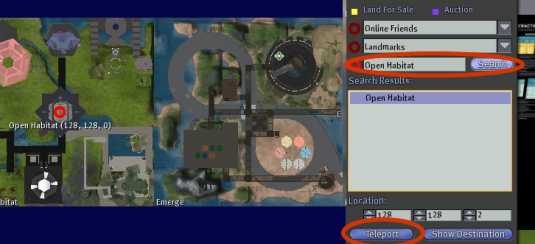
The Open Habitat occupies quite a substantial amount of land so it may initially be a little confusing to navigate, espeically if you are new to 3D vitrual envirnments or games, however this is quickly overcome. Similarly, developing the ability to move around in a vaguely coordinated manner can take a little bit of time, but please do persevere! The Skeptic’s area is quite clearly visible from the air, as seen below.

The Open Habitat Project’s website and contact details are here, however queries about The Skeptic’s involvement with Second Life and its collaborative events can be directed to Mark Williams at digest [at] skeptic.org.uk.

